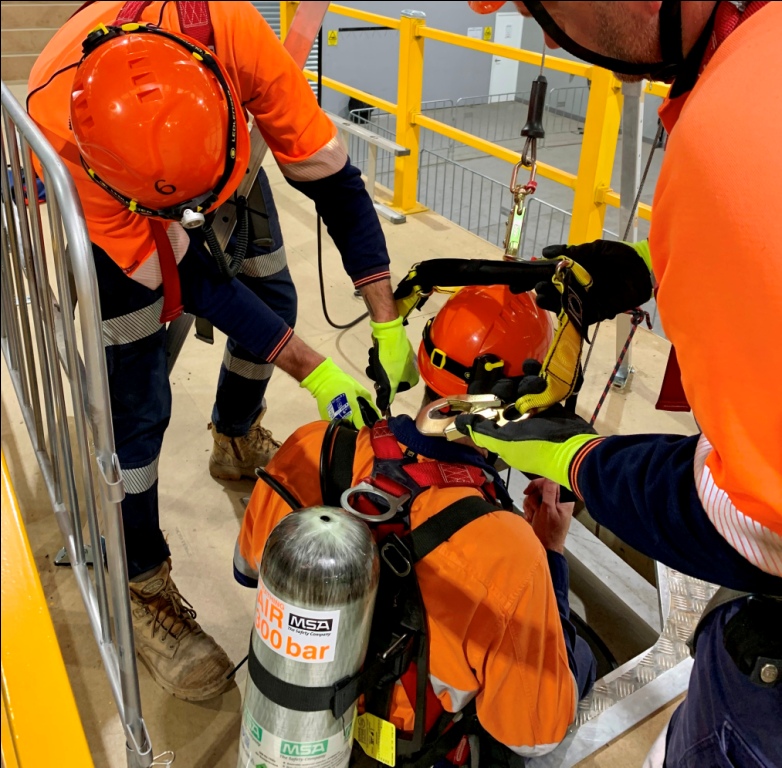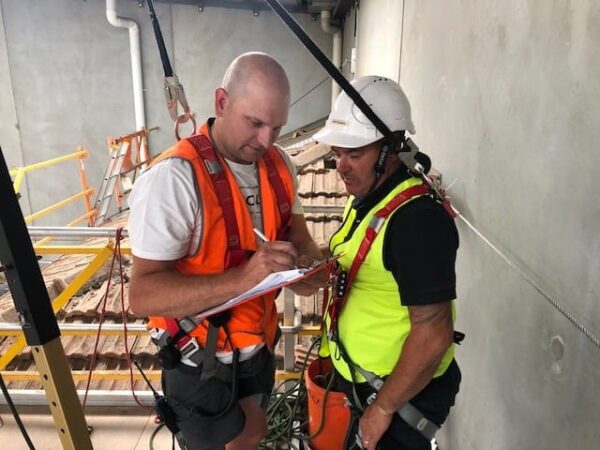
Whilst the question ‘How long should a particular course be’ is simple, the answer is a bit complicated. Let’s start with some basics.
Who regulates Registered Training Organisations (RTO’s)?
RTO’s have to be registered under one of three regulatory bodies:
- Australian Skills Quality Authority (ASQA) for RTO’s operating Nationally
- Victorian Registration and Qualifications Authority (VRQA) for RTO’s operating in Victoria only
- Training Accreditation Council (TAC) for RTO’s operating in Western Australia only
For clarity, RTO’s operating only in Victoria or Western Australia may still elect to be regulated by ASQA, and training regulated by all three bodies (ASQA, VRQA and TAC) is nationally recognised and is required to be delivered in accordance with the Australian Qualifications Framework (AQF) (more on this later).
What courses can RTO’s deliver?
RTO’s are only allowed to conduct Nationally Accredited training and assessment in accordance with their scope, which can be found on the National Training Register at training.gov.au (TGA, for short – because everyone loves acronyms, right?). Whilst ASQA, VRQA or TAC have to approve Qualifications and Units of Competency to be added to an RTO’s scope, the regulatory bodies do not approve the actual course content – or length. So, who does then?
What is the Australian Qualifications Framework (AQF)?
The AQF is the national policy for regulated qualifications in Australian education and training. It incorporates the qualifications from each education and training sector into a single comprehensive national qualifications framework. It also provides guidance as to something called ’volume of learning’. The table below shows what volume of learning should be incorporated into qualifications:
| Cert I | Cert II | Cert III | Cert IV | Diploma | Advanced Diploma | Graduate Certificate | Graduate Diploma |
|---|---|---|---|---|---|---|---|
| 0.5 – 1 year | 0.5 – 1 year | 1 – 2 years (longer for trades) | 0.5 – 2 years | 1 – 2 years | 1.5 – 2 years | 0.5 – 1 year | 1 – 2 years |
| 600 – 1200 hours | 600 – 1200 hours | 1200 – 2400 hours | 600 – 2400 hours | 1200 – 2400 hours | 1800 – 2400 hours | 600 – 1200 hours | 1200 – 2400 hours |
That settles that, right? Wrong. The Australian Qualifications Framework doesn’t provide guidance as to how long it should take an RTO to deliver individual units of competency (I.e. when not delivered as part of a Cert I or above qualification). It also doesn’t distinguish between supervised and unsupervised study. And to further complicate the issue, it is designed to allow for flexibility – one of the underlying principles of vocational education and training.
So who decides how long a course should be?
Registered Training Organisations.
It is up to the RTO to have a rationale for deciding how long a particular course should take. And by marketing only towards individuals who already have some level of skill and knowledge in the area of study, they can deliver their courses over some pretty short timeframes. When you’re eyeing off a particular course, ask yourself these questions:
- What do I want to get out of this course?
- Am I after real skills and knowledge, or just a piece of paper?
- How much practical training will be involved?
- What are the class sizes?
- How well do I know the subject matter already?
Employers and managers who are scheduling employees into training should carefully consider the impact of exceedingly short courses and decide what their priorities are in terms of training. They should also wonder what some RTO’s are trying to achieve by running courses in half (or less!) the time of their counterparts.
Case Study: Confined Space Entry Training
Many RTO’s delivery Confined Space Entry Training by clustering two or more of the following units of competency together:
- MSMPER200 Work in accordance with an issued permit
- MSMPER205 Enter confined space
- MSMWHS216 Operate breathing apparatus
- MSMWHS217 Gas test atmospheres
- RIIWHS202D Enter and work in confined spaces
By identifying the many similarities shared by these units, a great deal of the content can be trained and assessed using the same training and assessment material. Regardless of similarities though, a minimum of two entries into confined spaces must be safely completed by anyone enrolled into MSMPER205 or RIIWHS202D. To be clear, this means that all of these steps being competed twice:
- obtain appropriate entry permit and instructions for performing work in confined space
- interpreting and applying safe work method statements
- apply tagging and lock out
- selecting, wearing and caring for personal protective equipment applicable to all tasks and environment identified
- entering the confined space
- using atmospheric monitoring devices prior to entering the confined space
- working in the confined space
- using atmospheric monitoring devices during confined space activity
- applying safe materials handling methods
- exiting the confined space
- remove tagging and lock out
It’s hard to believe that some RTO’s deliver these units of competency to groups of 12 or more trainees in just one day.
At WAM Training, we prioritise high quality outcomes and pride ourselves on putting competency as our number one priority. Afterall, the courses we deliver cover tasks which are inherently dangerous if not performed properly – so we want to make sure that individuals who are deemed competent are ready and able to keep themselves and their workmates safe.




